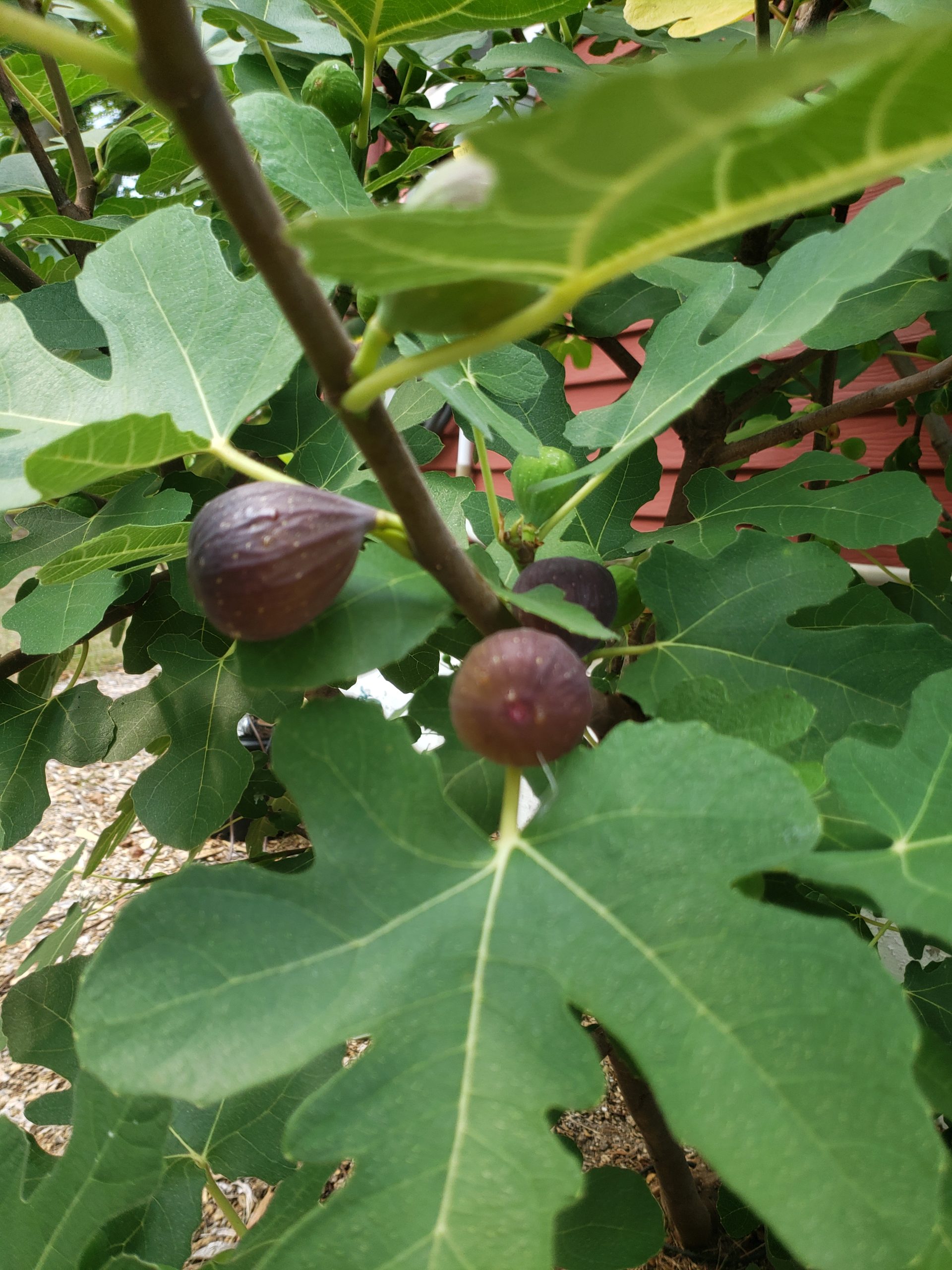What To Know About Determining a Fig Verity
- Determining the exact type of fig tree (Ficus carica) can sometimes be challenging due to the wide variety of cultivars and hybrids available. However, there are certain characteristics you can examine to help identify the type of fig tree you have. Here’s a detailed list of the different parts you can consider when trying to determine the type of fig tree:
- Leaves:
- Leaf size: Measure the length and width of the leaves.
- Leaf shape: Are the leaves lobed, deeply divided, or more rounded?
- Leaf color: Observe the color of the leaves. They can range from light green to dark green.
- Leaf texture: Are the leaves smooth, rough, or slightly hairy?
- Leaf arrangement: Look at the arrangement of leaves on the stems—alternate, opposite, or whorled.
- Fruit:
- Fruit size: Measure the length and diameter of the figs.
- Fruit shape: Are the figs round, pear-shaped, oblong, or another shape?
- Fruit color: Figs can be green, purple, black, brown, or even yellow.
- Skin texture: Is the skin smooth, rough, waxy, or slightly fuzzy?
- Eye pattern: Observe the arrangement of the ostioles (openings) on the fruit’s bottom—the pattern can vary between types.
- Fruit flavor: Cut open a ripe fig and taste the flesh. Different varieties have distinct flavors, from sweet to nutty.
- Twigs and Branches:
- Branch color and texture: Examine the color and texture of the branches—smooth, rough, or peeling bark.
- Branch arrangement: Are the branches opposite or alternate along the stems?
- Growth habit: Some varieties have a spreading growth habit, while others are more compact.
- Growing Conditions:
- Geographic location: Different fig varieties thrive in specific climates. Knowing where the tree was grown can provide clues.
- Climate preference: Figs can be adapted to various climates, including Mediterranean, subtropical, and temperate.
- Aerial Roots:
- Some fig trees develop aerial roots that hang from branches. The presence or absence of these roots can help identify the variety.
- Fig Breba:
- Breba figs are the first crop of figs to appear in a growing season. The timing and characteristics of these figs can help with identification.
- Overall Growth Habit:
- Is the tree small and shrubby, or does it grow as a larger tree? This can provide a general indication of the fig variety.
- Consultation:
- If you’re having difficulty identifying the fig tree, consider consulting local horticultural experts, botanists, or experienced gardeners who might have familiarity with the fig varieties in your region.
Remember that fig trees can vary widely within the same variety due to factors like growing conditions and cultivation practices. While these characteristics can provide clues, some fig trees may exhibit variations or hybrid traits that make identification challenging. If you’re serious about identifying the fig variety, it’s recommended to gather multiple pieces of information and possibly seek expert advice.

